kc035nagaoka-tobikomi
0 likes741 views
The document appears to be meeting notes that took place on November 2nd, 2011 from 15:40 to 16:50 in room 402. It involved a discussion with someone with the email address pro@makerbox.net regarding a project with a status of 2B.
1 of 123
Download to read offline







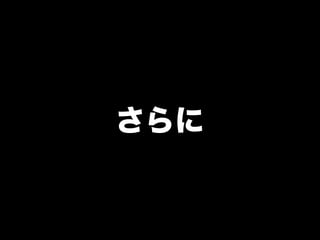
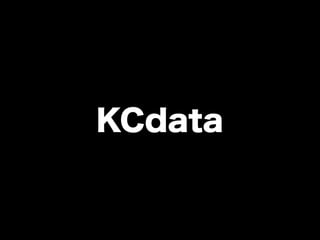
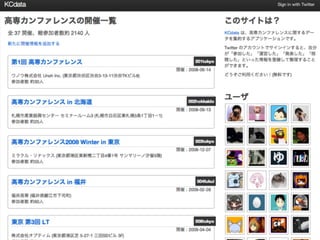


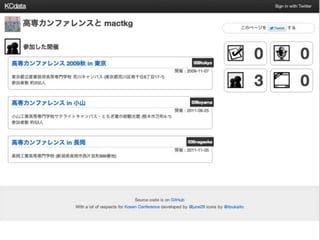



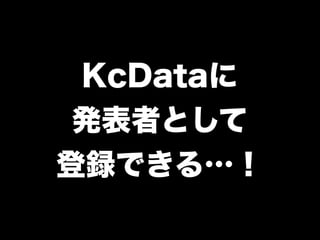







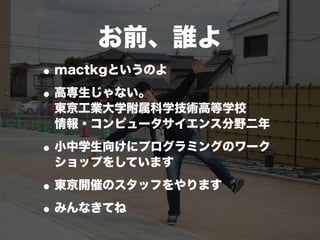



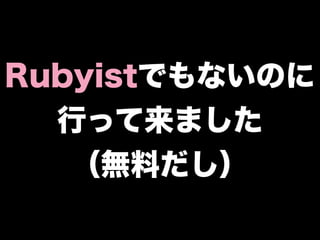


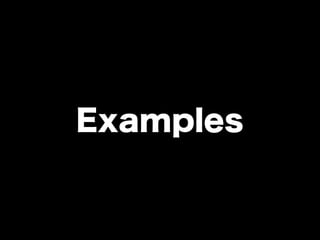
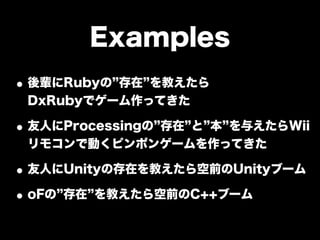

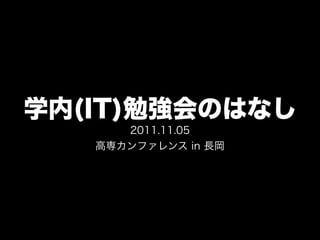
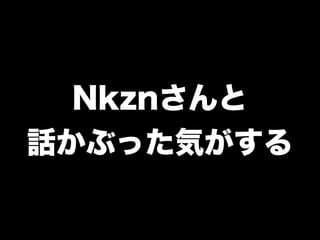

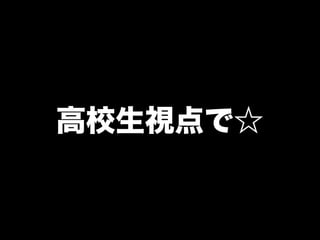









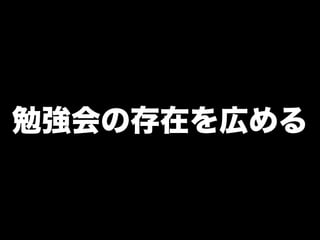


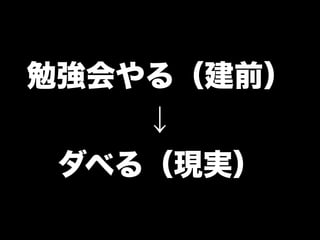






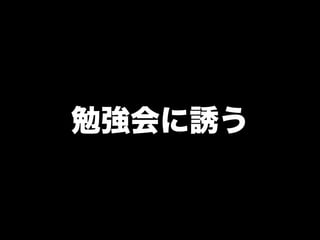
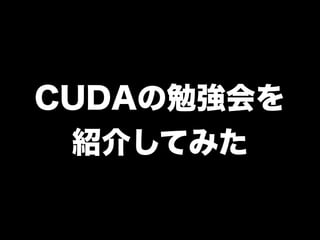






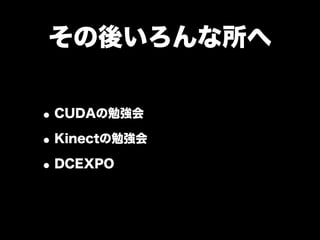



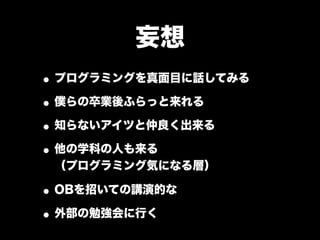




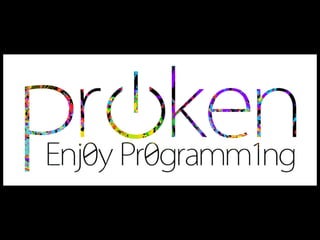





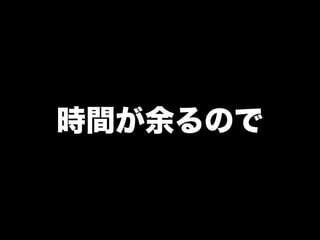
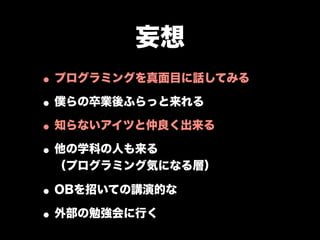

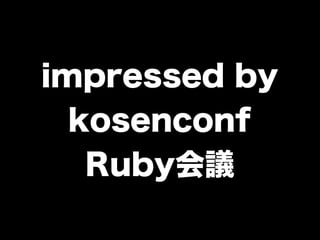
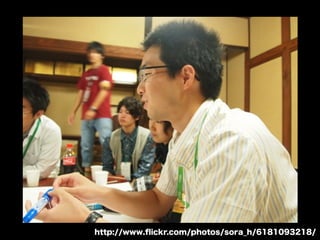

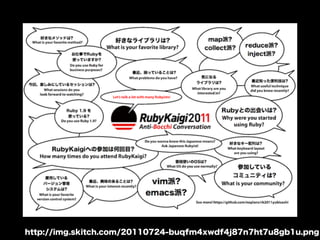









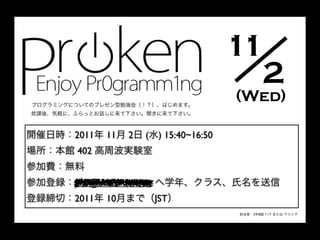


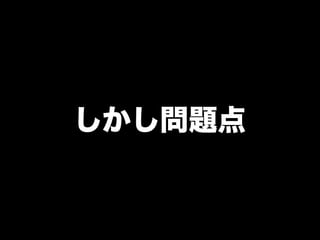








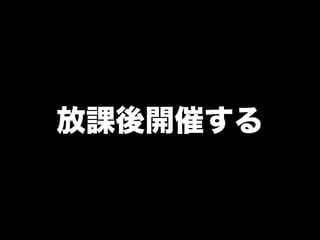
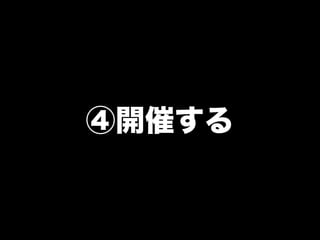


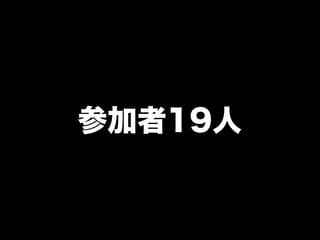







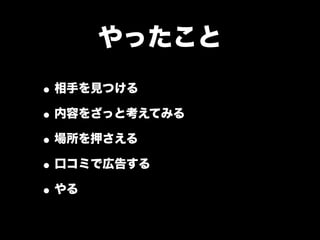


Ad
Recommended
Q932+de2 reference fa lec 4x1
Q932+de2 reference fa lec 4x1AFATous
╠²
ž¼ž▓┘ł┘ć ž»ž▒ž│ ┘ģ┘ć┘åž»ž│█ī žŁ┘üž¦ž▒█ī ž»┘ł (ž¼ž▓┘ł┘ć žó┘ģž¦ž»┘ć ┌垦┘Š)Jean Piaget
Jean Piagetguest0bf8849
╠²
Piaget's second stage of cognitive development is the preoperational stage, which occurs from ages 2 to 7. During this stage, children begin to use symbols to represent objects and events and engage in symbolic play. They can also think about objects that are not physically present. However, children in the preoperational stage are still egocentric and cannot see things from another's perspective. Their thinking is also illogical, as they lack concepts such as conservation, reversibility, multiple classification, and logical reasoning.Q922+log+l08 v1
Q922+log+l08 v1AFATous
╠²
This document provides information about well logging techniques and applications of resistivity measurements. It discusses both unfocused and focused electrode devices, as well as microelectrode devices with very small electrode spacings. Some key uses of measurement of invaded zone resistivity (Rxo) discussed include estimating formation porosity, identifying movable oil, determining residual hydrocarbon saturation, providing hydrocarbon indication, and dipmeter measurements to determine bedding orientation.An intervview with Cambodian monk
An intervview with Cambodian monkguest3e66a9
╠²
The document discusses the significance of Buddhism in Cambodia, highlighting its foundational principles, cultural implications, and the role of monks in society. It emphasizes the importance of practicing Buddhist teachings to foster peace and harmony, while also addressing the potential threats to Buddhism's existence due to waning interest and understanding among followers. Additionally, it presents reflections on the nature of Buddhism as both a religion and a philosophical guide for living a meaningful life.Q922+de1+l03 v1
Q922+de1+l03 v1AFATous
╠²
This document provides an overview of the power and hoisting systems used on rotary drilling rigs. It discusses the typical components of a rig's power system, including diesel engines that provide mechanical or electric power. It also details the components that make up the hoisting system, including the derrick, drawworks, block and tackle pulley system, and their functions in raising and lowering equipment in the well. The block and tackle provides mechanical advantage to reduce the load on the drawworks. Formulas are provided to calculate the fast line force required to lift a weight and the load distribution throughout the rig.Mozakerty
Mozakertykareemhashem
╠²
The document discusses a messaging platform called Mozakerty and ways it aims to improve organization and limit spam. It asks for feedback on features like limiting duplicate questions, brainstorming with friends, and scheduling deliverables. The document also thanks people for their roles as administrators, representatives, and uploaders and asks for continued feedback to improve the platform.ž¼ž▓┘ł┘ć ž»ž▒ž│ ┘ģ┘ć┘åž»ž│█ī žŁ┘üž¦ž▒█ī █ī┌®žī┘ł█īž▒ž¦█īž┤ ž┤ž┤┘ģ
ž¼ž▓┘ł┘ć ž»ž▒ž│ ┘ģ┘ć┘åž»ž│█ī žŁ┘üž¦ž▒█ī █ī┌®žī┘ł█īž▒ž¦█īž┤ ž┤ž┤┘ģAFATous
╠²
┘ģž»ž▒ž│: žŁž│█ī┘å ž¦ž╣┘ä┘ģ█ī ┘å█īž¦
ž¬ž▒┘ģ: ┘ģ┘ćž▒ 94
ž»ž¦┘åž┤┌»ž¦┘ć žóž▓ž¦ž» ž¦ž│┘䞦┘ģ█īžī ┘łž¦žŁž» ┘é┘ł┌垦┘åWii4Dida Didattica Aperta Verona 270310
Wii4Dida Didattica Aperta Verona 270310wii4dida wiild
╠²
Il documento discute l'iniziativa Wii4Dida, mirata a supportare docenti e scuole nell'adozione di tecnologie aperte per creare contenuti condivisi e migliorare la didattica. Sottolinea l'importanza della collaborazione tra insegnanti e studenti, insieme all'uso di strumenti digitali e formati aperti, per favorire l'apprendimento. Viene descritta una fase di sperimentazione che coinvolge diversi istituti e docenti, evidenziando la necessit├Ā di standard condivisi per la condivisione e il riuso dei materiali.ž¼ž▓┘ł┘ć ┌®┘ģ┌® ž»ž▒ž│█ī ┘ģ┘ć┘åž»ž│█ī ┘ģž«ž¦ž▓┘å ž»┘ł
ž¼ž▓┘ł┘ć ┌®┘ģ┌® ž»ž▒ž│█ī ┘ģ┘ć┘åž»ž│█ī ┘ģž«ž¦ž▓┘å ž»┘łAFATous
╠²
ž¼ž▓┘ł┘ć ┌®┘ģ┌® ž»ž▒ž│█ī ┘ģ┘ć┘åž»ž│█ī ┘ģž«ž¦ž▓┘å ž»┘łMagazine advertisement questionnaire advert two analysis
Magazine advertisement questionnaire advert two analysisChrisAshwell
╠²
This document contains the results of a questionnaire about a magazine advertisement. Respondents rated the overall look of the ad, its relevance to alternative/rock music, readability of font/text, realism as a music magazine poster, and effectiveness at influencing the audience. The ratings were on scales of 1 to 10 or 1 to 5.Q921 rfp lec8 v1
Q921 rfp lec8 v1AFATous
╠²
This document provides an overview of reservoir fluid properties, including crude oil, water, and gas properties. It discusses key crude oil properties such as formation volume factor, viscosity, and surface tension. It describes methods for calculating total formation volume factor, oil viscosity at different pressures, and surface tension. Water properties like water formation volume factor and viscosity are also covered. Empirical correlations are presented for estimating various fluid properties in the absence of experimental data.Tour session 2
Tour session 2Blog Atlantic
╠²
The document discusses how to use social media tools like Twitter, Facebook, YouTube, and blogs for business purposes. It provides tips on setting up accounts, engaging audiences, and creating compelling content for each channel. The goal is to build relationships and demonstrate your brand online through content sharing and participation in online communities. Proper use of social media can provide benefits like rapid growth, greater reach, and interconnectedness with customers and partners.Q921 de1 lec 5 v1
Q921 de1 lec 5 v1AFATous
╠²
This document provides an overview of drilling fluid systems and their components. It discusses the hoisting system used to lift drill pipe and casing as well as the drilling fluid circulation system, including mud pumps, solids control equipment, and treatment/mixing equipment. Mud pumps are either duplex or triplex and their flow rate and power requirements are calculated. Solids control equipment separates cuttings and maintains proper fluid properties, and includes shale shakers, degassers, desanders, desilters, centrifuges, and mud cleaners. Drilling fluid components like water, bentonite, and barite are also outlined along with the equipment used to mix and treat drilling fluids.ž¼ž▓┘ł┘ć ┌®┘ģ┌® ž»ž▒ž│█ī ┘å┘ģ┘łž»ž¦ž▒┌»█īž▒█ī ž¦ž▓ ┌垦┘ć
ž¼ž▓┘ł┘ć ┌®┘ģ┌® ž»ž▒ž│█ī ┘å┘ģ┘łž»ž¦ž▒┌»█īž▒█ī ž¦ž▓ ┌垦┘ćAFATous
╠²
ž¼ž▓┘ł┘ć ┌®┘ģ┌® ž»ž▒ž│█ī ┘å┘ģ┘łž»ž¦ž▒┌»█īž▒█ī ž¦ž▓ ┌垦┘ćQ922+de1+l06 v1
Q922+de1+l06 v1AFATous
╠²
1. The document describes the components and equipment used in drilling operations, including the drilling fluid circulation system, rotary system, and well control system.
2. Key components of the rotary system discussed are the kelly, kelly valves, rotary table, drill pipe, drill collars, and drill bit.
3. The well control system aims to detect and stop any unplanned inflow of formation fluids and includes sensors, the blowout preventer (BOP) stack, and pressure control equipment like the choke manifold.Q921 re1 lec11 v1
Q921 re1 lec11 v1AFATous
╠²
This document provides an overview of several methods for generating and predicting inflow performance relationships (IPRs), including Vogel's method, Wiggins' method, Standing's method, and Fetkovich's method. Vogel's method uses dimensionless parameters and curve fitting of production data to generate IPR curves. The document describes how to apply Vogel's method to both saturated and undersaturated reservoirs. It also discusses approaches for predicting future IPRs as reservoir pressure declines.Social Media Service
Social Media Servicevia Social Media
╠²
Social Media Service:
- Design Fan Pages
- Design Twitter Profile
- Design YouTube Channel
- Social Bookmarks
- Social NetworksQ932+stm reference fa lec 4x1
Q932+stm reference fa lec 4x1AFATous
╠²
This document appears to be lecture notes for a class on stimulating and activating oil wells. It includes:
1. An introduction and information about the instructor.
2. Outlines for lecture topics, including well completion, well interventions, and references.
3. Schedules for class sessions with times allocated for presentations, breaks, and reviewing upcoming topics.
The document provides an overview of the class structure and topics to be covered for stimulating and activating oil wells. It outlines the lecture schedule and allocates time for presentations and reviews within the class sessions.╣¾┤Ī╣¾ĘĪ▒Ę-ĘĪ▒¶▒│”│┘Š▒┤Ū▓į-░┐▓·▓§▒░∙▒╣▓╣│┘Š▒┤Ū▓į-│¦Š▒▓į╗Õ│¾-│ó┤Ū│”▓╣▒¶-│ę┤Ū▒╣▒░∙▓į│Š▒▓į│┘-ĘĪ▒¶▒│”│┘Š▒┤Ū▓į▓§-ŌĆō-▒╩│¾▓╣▓§▒-1-▒╩░∙▒▒¶Š▒│ŠŠ▒...
╣¾┤Ī╣¾ĘĪ▒Ę-ĘĪ▒¶▒│”│┘Š▒┤Ū▓į-░┐▓·▓§▒░∙▒╣▓╣│┘Š▒┤Ū▓į-│¦Š▒▓į╗Õ│¾-│ó┤Ū│”▓╣▒¶-│ę┤Ū▒╣▒░∙▓į│Š▒▓į│┘-ĘĪ▒¶▒│”│┘Š▒┤Ū▓į▓§-ŌĆō-▒╩│¾▓╣▓§▒-1-▒╩░∙▒▒¶Š▒│ŠŠ▒...mohsinshayan
╠²
JIm Johnson Engineering Excellence
JIm Johnson Engineering Excellencejijoh123
╠²
Jim Johnson gave a presentation covering various topics related to project management including project mapping, establishing timelines and milestones, design reviews, vendor selection, budgeting, and people skills. The presentation discussed a fluorescent lighting project that included upgrading glass lines, control rooms, and other equipment with a budget of $18.5 million. It emphasized the importance of communication, accountability, and teamwork in successfully managing projects.More Related Content
Viewers also liked (15)
ž¼ž▓┘ł┘ć ž»ž▒ž│ ┘ģ┘ć┘åž»ž│█ī žŁ┘üž¦ž▒█ī █ī┌®žī┘ł█īž▒ž¦█īž┤ ž┤ž┤┘ģ
ž¼ž▓┘ł┘ć ž»ž▒ž│ ┘ģ┘ć┘åž»ž│█ī žŁ┘üž¦ž▒█ī █ī┌®žī┘ł█īž▒ž¦█īž┤ ž┤ž┤┘ģAFATous
╠²
┘ģž»ž▒ž│: žŁž│█ī┘å ž¦ž╣┘ä┘ģ█ī ┘å█īž¦
ž¬ž▒┘ģ: ┘ģ┘ćž▒ 94
ž»ž¦┘åž┤┌»ž¦┘ć žóž▓ž¦ž» ž¦ž│┘䞦┘ģ█īžī ┘łž¦žŁž» ┘é┘ł┌垦┘åWii4Dida Didattica Aperta Verona 270310
Wii4Dida Didattica Aperta Verona 270310wii4dida wiild
╠²
Il documento discute l'iniziativa Wii4Dida, mirata a supportare docenti e scuole nell'adozione di tecnologie aperte per creare contenuti condivisi e migliorare la didattica. Sottolinea l'importanza della collaborazione tra insegnanti e studenti, insieme all'uso di strumenti digitali e formati aperti, per favorire l'apprendimento. Viene descritta una fase di sperimentazione che coinvolge diversi istituti e docenti, evidenziando la necessit├Ā di standard condivisi per la condivisione e il riuso dei materiali.ž¼ž▓┘ł┘ć ┌®┘ģ┌® ž»ž▒ž│█ī ┘ģ┘ć┘åž»ž│█ī ┘ģž«ž¦ž▓┘å ž»┘ł
ž¼ž▓┘ł┘ć ┌®┘ģ┌® ž»ž▒ž│█ī ┘ģ┘ć┘åž»ž│█ī ┘ģž«ž¦ž▓┘å ž»┘łAFATous
╠²
ž¼ž▓┘ł┘ć ┌®┘ģ┌® ž»ž▒ž│█ī ┘ģ┘ć┘åž»ž│█ī ┘ģž«ž¦ž▓┘å ž»┘łMagazine advertisement questionnaire advert two analysis
Magazine advertisement questionnaire advert two analysisChrisAshwell
╠²
This document contains the results of a questionnaire about a magazine advertisement. Respondents rated the overall look of the ad, its relevance to alternative/rock music, readability of font/text, realism as a music magazine poster, and effectiveness at influencing the audience. The ratings were on scales of 1 to 10 or 1 to 5.Q921 rfp lec8 v1
Q921 rfp lec8 v1AFATous
╠²
This document provides an overview of reservoir fluid properties, including crude oil, water, and gas properties. It discusses key crude oil properties such as formation volume factor, viscosity, and surface tension. It describes methods for calculating total formation volume factor, oil viscosity at different pressures, and surface tension. Water properties like water formation volume factor and viscosity are also covered. Empirical correlations are presented for estimating various fluid properties in the absence of experimental data.Tour session 2
Tour session 2Blog Atlantic
╠²
The document discusses how to use social media tools like Twitter, Facebook, YouTube, and blogs for business purposes. It provides tips on setting up accounts, engaging audiences, and creating compelling content for each channel. The goal is to build relationships and demonstrate your brand online through content sharing and participation in online communities. Proper use of social media can provide benefits like rapid growth, greater reach, and interconnectedness with customers and partners.Q921 de1 lec 5 v1
Q921 de1 lec 5 v1AFATous
╠²
This document provides an overview of drilling fluid systems and their components. It discusses the hoisting system used to lift drill pipe and casing as well as the drilling fluid circulation system, including mud pumps, solids control equipment, and treatment/mixing equipment. Mud pumps are either duplex or triplex and their flow rate and power requirements are calculated. Solids control equipment separates cuttings and maintains proper fluid properties, and includes shale shakers, degassers, desanders, desilters, centrifuges, and mud cleaners. Drilling fluid components like water, bentonite, and barite are also outlined along with the equipment used to mix and treat drilling fluids.ž¼ž▓┘ł┘ć ┌®┘ģ┌® ž»ž▒ž│█ī ┘å┘ģ┘łž»ž¦ž▒┌»█īž▒█ī ž¦ž▓ ┌垦┘ć
ž¼ž▓┘ł┘ć ┌®┘ģ┌® ž»ž▒ž│█ī ┘å┘ģ┘łž»ž¦ž▒┌»█īž▒█ī ž¦ž▓ ┌垦┘ćAFATous
╠²
ž¼ž▓┘ł┘ć ┌®┘ģ┌® ž»ž▒ž│█ī ┘å┘ģ┘łž»ž¦ž▒┌»█īž▒█ī ž¦ž▓ ┌垦┘ćQ922+de1+l06 v1
Q922+de1+l06 v1AFATous
╠²
1. The document describes the components and equipment used in drilling operations, including the drilling fluid circulation system, rotary system, and well control system.
2. Key components of the rotary system discussed are the kelly, kelly valves, rotary table, drill pipe, drill collars, and drill bit.
3. The well control system aims to detect and stop any unplanned inflow of formation fluids and includes sensors, the blowout preventer (BOP) stack, and pressure control equipment like the choke manifold.Q921 re1 lec11 v1
Q921 re1 lec11 v1AFATous
╠²
This document provides an overview of several methods for generating and predicting inflow performance relationships (IPRs), including Vogel's method, Wiggins' method, Standing's method, and Fetkovich's method. Vogel's method uses dimensionless parameters and curve fitting of production data to generate IPR curves. The document describes how to apply Vogel's method to both saturated and undersaturated reservoirs. It also discusses approaches for predicting future IPRs as reservoir pressure declines.Social Media Service
Social Media Servicevia Social Media
╠²
Social Media Service:
- Design Fan Pages
- Design Twitter Profile
- Design YouTube Channel
- Social Bookmarks
- Social NetworksQ932+stm reference fa lec 4x1
Q932+stm reference fa lec 4x1AFATous
╠²
This document appears to be lecture notes for a class on stimulating and activating oil wells. It includes:
1. An introduction and information about the instructor.
2. Outlines for lecture topics, including well completion, well interventions, and references.
3. Schedules for class sessions with times allocated for presentations, breaks, and reviewing upcoming topics.
The document provides an overview of the class structure and topics to be covered for stimulating and activating oil wells. It outlines the lecture schedule and allocates time for presentations and reviews within the class sessions.╣¾┤Ī╣¾ĘĪ▒Ę-ĘĪ▒¶▒│”│┘Š▒┤Ū▓į-░┐▓·▓§▒░∙▒╣▓╣│┘Š▒┤Ū▓į-│¦Š▒▓į╗Õ│¾-│ó┤Ū│”▓╣▒¶-│ę┤Ū▒╣▒░∙▓į│Š▒▓į│┘-ĘĪ▒¶▒│”│┘Š▒┤Ū▓į▓§-ŌĆō-▒╩│¾▓╣▓§▒-1-▒╩░∙▒▒¶Š▒│ŠŠ▒...
╣¾┤Ī╣¾ĘĪ▒Ę-ĘĪ▒¶▒│”│┘Š▒┤Ū▓į-░┐▓·▓§▒░∙▒╣▓╣│┘Š▒┤Ū▓į-│¦Š▒▓į╗Õ│¾-│ó┤Ū│”▓╣▒¶-│ę┤Ū▒╣▒░∙▓į│Š▒▓į│┘-ĘĪ▒¶▒│”│┘Š▒┤Ū▓į▓§-ŌĆō-▒╩│¾▓╣▓§▒-1-▒╩░∙▒▒¶Š▒│ŠŠ▒...mohsinshayan
╠²
JIm Johnson Engineering Excellence
JIm Johnson Engineering Excellencejijoh123
╠²
Jim Johnson gave a presentation covering various topics related to project management including project mapping, establishing timelines and milestones, design reviews, vendor selection, budgeting, and people skills. The presentation discussed a fluorescent lighting project that included upgrading glass lines, control rooms, and other equipment with a budget of $18.5 million. It emphasized the importance of communication, accountability, and teamwork in successfully managing projects.╣¾┤Ī╣¾ĘĪ▒Ę-ĘĪ▒¶▒│”│┘Š▒┤Ū▓į-░┐▓·▓§▒░∙▒╣▓╣│┘Š▒┤Ū▓į-│¦Š▒▓į╗Õ│¾-│ó┤Ū│”▓╣▒¶-│ę┤Ū▒╣▒░∙▓į│Š▒▓į│┘-ĘĪ▒¶▒│”│┘Š▒┤Ū▓į▓§-ŌĆō-▒╩│¾▓╣▓§▒-1-▒╩░∙▒▒¶Š▒│ŠŠ▒...
╣¾┤Ī╣¾ĘĪ▒Ę-ĘĪ▒¶▒│”│┘Š▒┤Ū▓į-░┐▓·▓§▒░∙▒╣▓╣│┘Š▒┤Ū▓į-│¦Š▒▓į╗Õ│¾-│ó┤Ū│”▓╣▒¶-│ę┤Ū▒╣▒░∙▓į│Š▒▓į│┘-ĘĪ▒¶▒│”│┘Š▒┤Ū▓į▓§-ŌĆō-▒╩│¾▓╣▓§▒-1-▒╩░∙▒▒¶Š▒│ŠŠ▒...mohsinshayan
╠²
kc035nagaoka-tobikomi
- 97. 11 2 (Wed) 2011 11 2 ( ) 15:40~16:50 402 pro@makerbox.net 2011 10 JST 2 B
